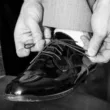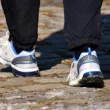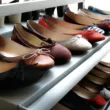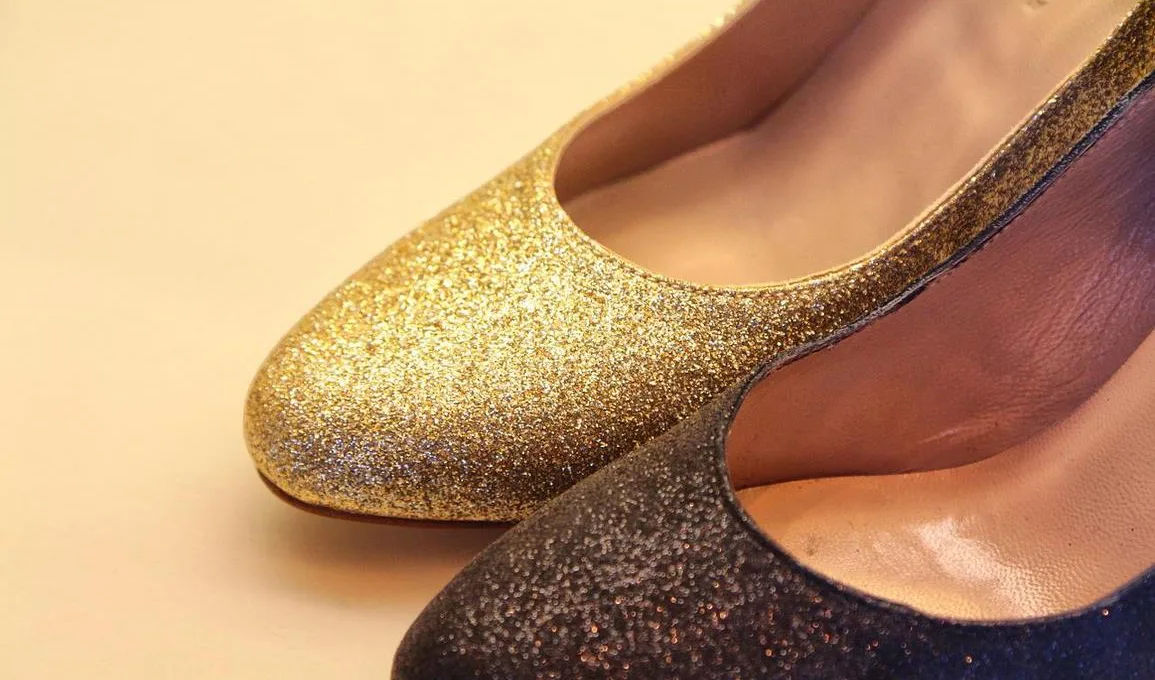Foot injuries are common when you wear shoes that are too large. Although they can be repaired by shrinking them or adding insoles and padding, they can also lead to painful blisters and injuries. To tell if your shoes are too large, compare their width to your thumb’s width. In case you’re unsure, you can always ask your friends or family to try them on before you buy them. Here are some signs that you might be wearing too-large shoes:
Foot issues caused by too-big shoes
Too-big shoes cause a variety of problems for your feet, including heel pain, blisters, and Achilles tendonitis. Not only do they make walking awkward, but they also prevent your feet from receiving proper support at the ankles. This makes your ankles more prone to rolling and spraining. Plus, they’re uncomfortable and can even lead to foot fungus. Ultimately, these problems can lead to more serious health problems, including bone fractures.
People with diabetes often have peripheral neuropathy in their feet, which means they may not feel skin irritations or punctures. The shoes can lead to sores and blisters, which can cause infections and require medical attention. If you’re worried that your shoes are too tight, check your feet on a daily basis to make sure they fit properly. Look for redness, pressure spots, or sores. Make sure to check your toes and nails for problems and cramps as well.
Oversized shoes can also cause other problems, including sprained ankles and blisters. They may also cause children to fall and trip on playground equipment. The best solution is to buy a pair of shoes your child will outgrow soon. Investing in proper shoes is vital to your child’s foot development and health. To ensure the right fit, make sure you know the exact size of your child’s shoes.
Fixes for too-big shoes
There are many ways to remedy the uncomfortable fit of too-big shoes. One of these methods is to use multiple socks. Thick socks fill the extra space inside the shoe and make it fit smaller. In addition to being more comfortable, thick socks also provide extra support and stability. Socks will also prevent your feet from getting blisters or other painful skin conditions. The trick is to get the right pair of socks so you don’t end up with a foot that is sore from wearing too-big shoes.
The most basic fix for too-big shoes involves stuffing the toes. Stuffing the toes will help your feet slide into the front or back of the shoe. You can try this technique if your shoes are closed toe heels or flats. However, it is not recommended for walking in shoes that are too big. Stuffed toes are uncomfortable and can cause a slip. If you have experienced this problem before, try stitching an elastic band inside the shoe.
Signs of too-big shoes
There are several telltale signs that you’re wearing too-large shoes. You may think a bigger shoe will be more comfortable, but in fact, it’s likely to cause more pain in the long run. Before you buy a new pair, walk around in them to see if they fit well. The shoes should fit snugly around the foot and not drag behind you. If they don’t, you may have to curl your toes to make them rise or drag your shoe behind you.
Too-big shoes can also cause blisters. They can also cause painful abrasions on the heel. Moreover, too-large shoes do not offer adequate ankle support and can result in painful Achilles Tendonitis. You may even experience blisters and even bleed when you wear shoes that are too large. If you ignore these signs, you could face serious consequences in the future. So, make sure you measure your foot carefully when you purchase new shoes.
Another sign that your shoes are too big is when you slip them. Your feet slide around in them, and the shoe is too wide. If you’ve ever experienced this, you’re wearing too-large shoes. Fortunately, there are some easy ways to fix the situation. Either fix the old shoes, or purchase a new pair. The first option is to wear smaller shoes, but that’s not always an option.
Podobne tematy




